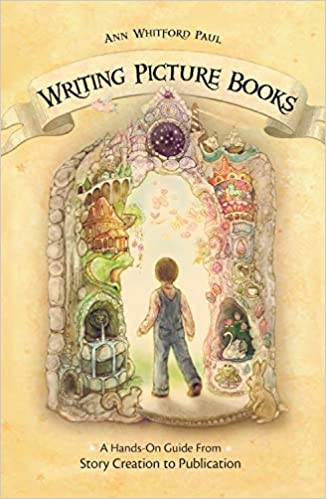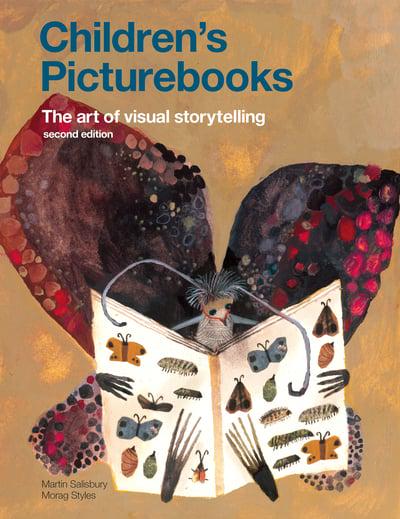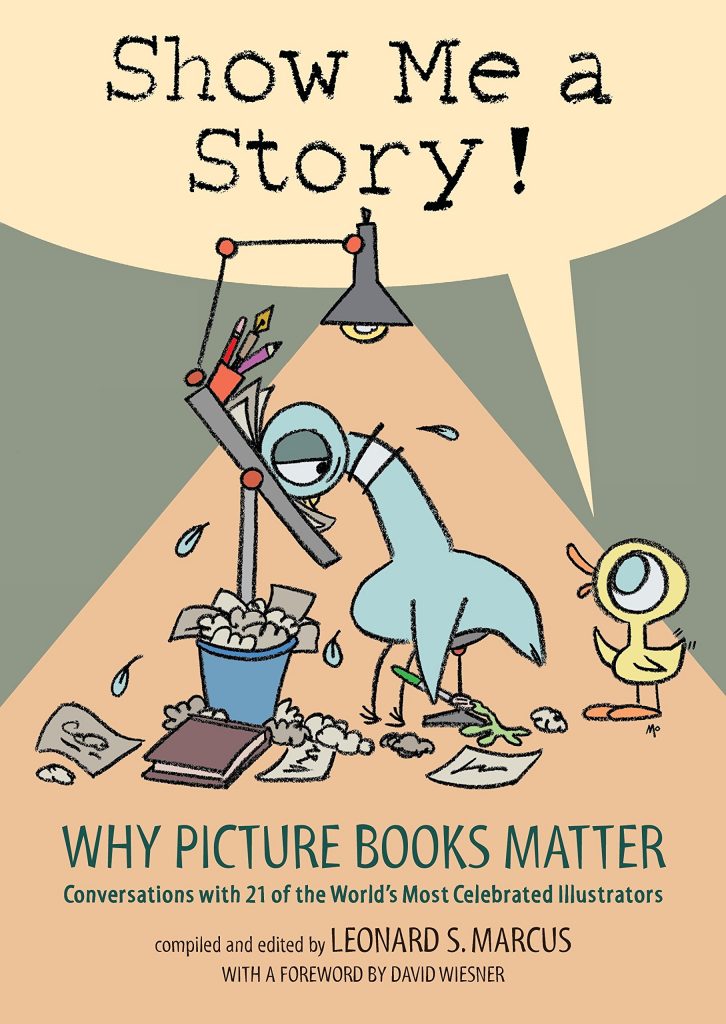As a writer and author, I meet other writers, parents and teachers who have interest in writing for children. Often they would get in touch with me to ask about how to get into writing. As a mentor for other writers, I find that I repeat much of my advice about the general industry, basics of writing or good reference books etc. This guide is an attempt to answer some of the frequently asked questions and hopefully help the aspiring writer to find answers specifically about writing picture books. Please read Writing for Children – FAQ before you start reading below.
This guide is not the final authority on any of the topics discussed. It’s simply my perspective based on my experience in writing children’s books worldwide. Often these are suggestions or things that have worked for me or mistakes I’ve learnt from.
I want to write picture books, do I need to be an artist?
Picture books are written by
- Writer-Illustrator teams – two distinct people often brought together by the publisher
- Author-Illustrator – the illustrator who write and draw their own stories.
If you don’t illustrate (like me) then the answer is No. You don’t have to be an illustrator to write a picture book.
If I’m a picture book writer, do I need to find an illustrator?
If you want to submit your story to an agent or a publisher, you do NOT need to find an illustrator. In fact, it’s recommended that you do not.
The publisher and their design team have amazing breadth of knowledge of illustrators, of the market worldwide and what’s popular. They are best placed to decide which illustrator can bring the words to life.
If you want to partner with an illustrator (say partner or friend), then there are a number of options:
- You could always offer your product as an author-illustrator – ie, you both always work together and the lines are blurred on who did what on the project.
- You could potentially mention to the agent or publisher that you want to bring on a friend and they might consider it. Do not be disappointed (and beware not to fall out with your friend) if the publisher goes a different way.
- Like me if you’re a writer of colour, you could recommend illustrators who will have authentic knowledge of the story and will be better suited.
Remember that it is still the publisher’s prerogative to choose the illustrator.
If you’re an illustrator, here is an article that tells you how to submit samples!
https://www.writersandartists.co.uk/2009/07/tips-for-presenting-illustrations
How long is a picture book?
It is always the question of how long is a piece of string. However there are some guidelines to help you decide.
- Picture books are getting shorter and shorter over time. Nowadays an ideal length for a picture book is under 500 words. This could vary from publisher to publisher and country to country.
- Longer picture books are often suited for biographies or non-fiction where there is a lot of information to offer.
- The average length of a picture book is 32 pages. That works out to 12-15 scenes in a book (again this exact number depends on the publisher or the country in which you publish). But this is a good rule of thumb to keep in mind.
- Also often picture books in the UK are aimed at 3-5 year olds, who can comprehend stories and characters but are not able to read on their own. Therefore adults – parents, grandparents, teachers read the book aloud.
- Keep in mind that the length of a picture book will dramatically affect the quality of bedtime. Longer picture books that go on and on, might either lose the child’s attention or test the parent’s patience.
Here are some resources for writing picture books.
Here are some useful videos to watch and learn from.
Websites and Blogs
- http://picturebookden.blogspot.com/
- https://www.writersandartists.co.uk/writers/advice/327/dedicated-genre-advice/writing-for-children/
- https://www.wordsandpics.org/search/label/picture%20book%20craft
- http://www.chitrasoundar.com/writing/category/picture-books/
- https://www.joshfunkbooks.com/resources-for-writers




